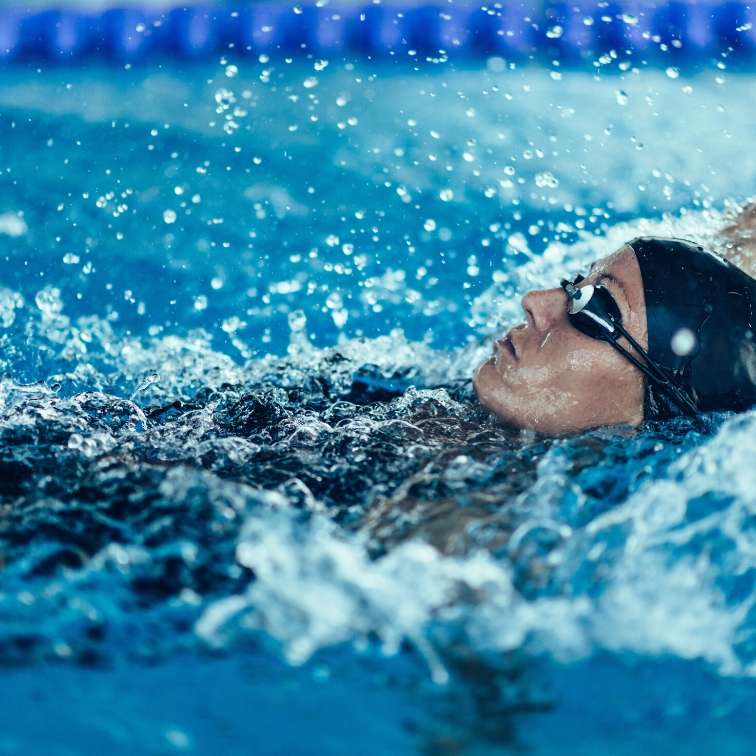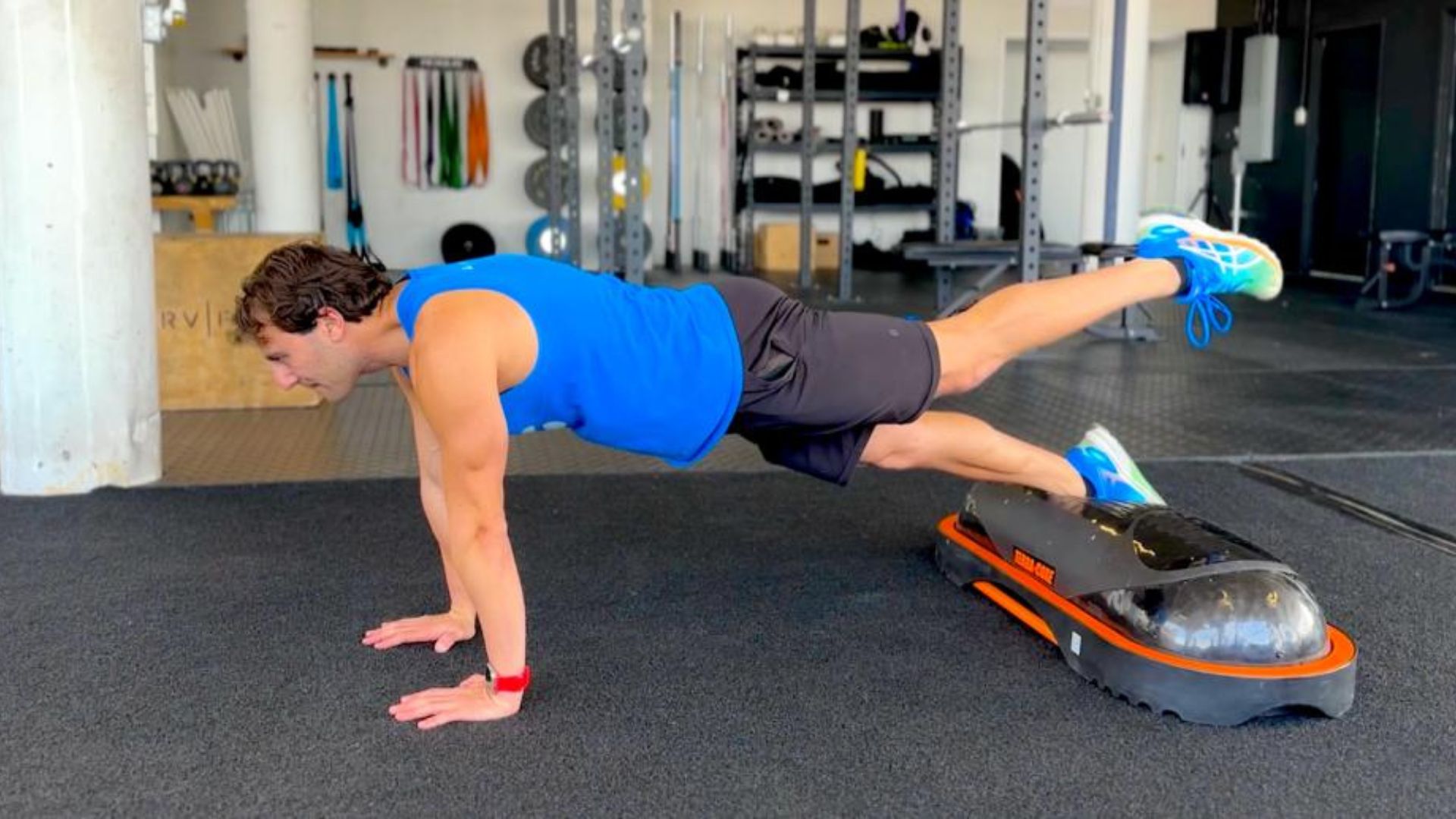After a satisfying swim session, many swimmers are eager to dry off and move on with their day. However, taking the time for a proper cool-down is essential for maximizing the benefits of your swim and ensuring your body recovers effectively. Let’s explore why cool-downs in swimming are important and how you can incorporate them into your routine.
Understanding Cool-Downs in Swimming
Cool-downs refer to a period of low-intensity exercise that follows the main workout. In swimming, this typically involves swimming at a slower pace or performing gentle stretches in the water. The primary goals of cool-downs are to gradually reduce heart rate, prevent muscle soreness, and promote recovery.

Benefits of Cool-Downs in Swimming
Cooling down after swimming offers several benefits that contribute to overall fitness and well-being:
Promotes Muscle Recovery
Cooling down helps flush out lactic acid and other metabolic waste products from your muscles, reducing the risk of stiffness and soreness.
Reduces Heart Rate Gradually
After an intense swim, gradually lowering your heart rate through a cool-down helps your cardiovascular system return to its resting state.
Enhances Flexibility
Performing gentle stretches during your cool-down can improve flexibility, which is crucial for maintaining range of motion in your joints.
Prevents Dizziness and Fatigue
Suddenly stopping vigorous exercise can lead to dizziness or faintness due to blood pooling in your extremities. A cool-down helps prevent these symptoms by promoting gradual blood flow redistribution.
Improves Mental Relaxation
Cool-downs provide a period of mental relaxation and reflection, allowing you to unwind and transition back to your daily activities.
Enhances Performance Over Time
Consistently incorporating cool-downs into your swimming routine can improve your overall performance by aiding in recovery and reducing the risk of overuse injuries.
How to Incorporate Cool-Downs Into Your Swim Routine
To reap the benefits of cool-downs effectively, follow these practical tips:
- Allocate Time: Plan for at least 5-10 minutes of cool-down after completing your main swim workout. This allows sufficient time to gradually lower your heart rate and perform stretches.
- Swim at a Slower Pace: Instead of abruptly stopping, swim a few laps at a slower pace. This helps transition your body from a high-intensity workout to a resting state.
- Include Gentle Stretches: Perform gentle stretches targeting major muscle groups such as your legs, arms, shoulders, and back. Focus on holding each stretch for 15-30 seconds without bouncing.
- Stay Hydrated: Drink water during and after your swim session to replenish fluids lost through sweating. Proper hydration supports muscle function and recovery.
- Listen to Your Body: Pay attention to how your body feels during the cool-down. If you experience any discomfort or pain, adjust the intensity of your stretches or reduce the duration of your cool-down.
- Make It Routine: Incorporate cool-downs into every swim session, regardless of intensity or duration. Consistency is key to maximizing the benefits over time.
Common Mistakes to Avoid
To ensure your cool-down is effective, avoid these common mistakes:
- Skipping Cool-Downs: Rushing out of the pool without cooling down can lead to muscle tightness and delayed recovery.
- Neglecting Stretching: Stretching helps maintain flexibility and prevents muscle imbalances. Skipping stretches can increase the risk of injury over time.
- Cooling Down Too Quickly: Gradually reduce the intensity of your exercise during cool-downs to allow your body to adjust smoothly.
- Ignoring Hydration: Proper hydration supports muscle function and recovery. Drink water before, during, and after your swim session.
Conclusion
In conclusion, cool-downs in swimming play a crucial role in optimizing performance, enhancing recovery, and reducing the risk of injury. By taking a few extra minutes to swim at a slower pace and perform gentle stretches, you can maximize the benefits of your swim workout and ensure long-term fitness gains. Incorporate cool-downs into your routine consistently to support your overall health and well-being as you continue to enjoy the many rewards of swimming. Remember, listening to your body and practicing moderation are key to reaping the full benefits of cool-downs in your swimming regimen.



